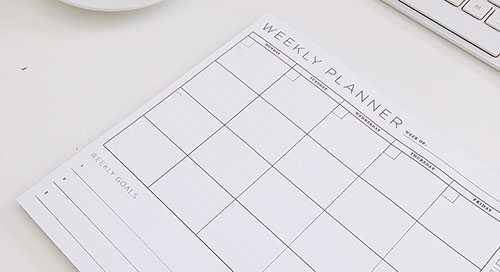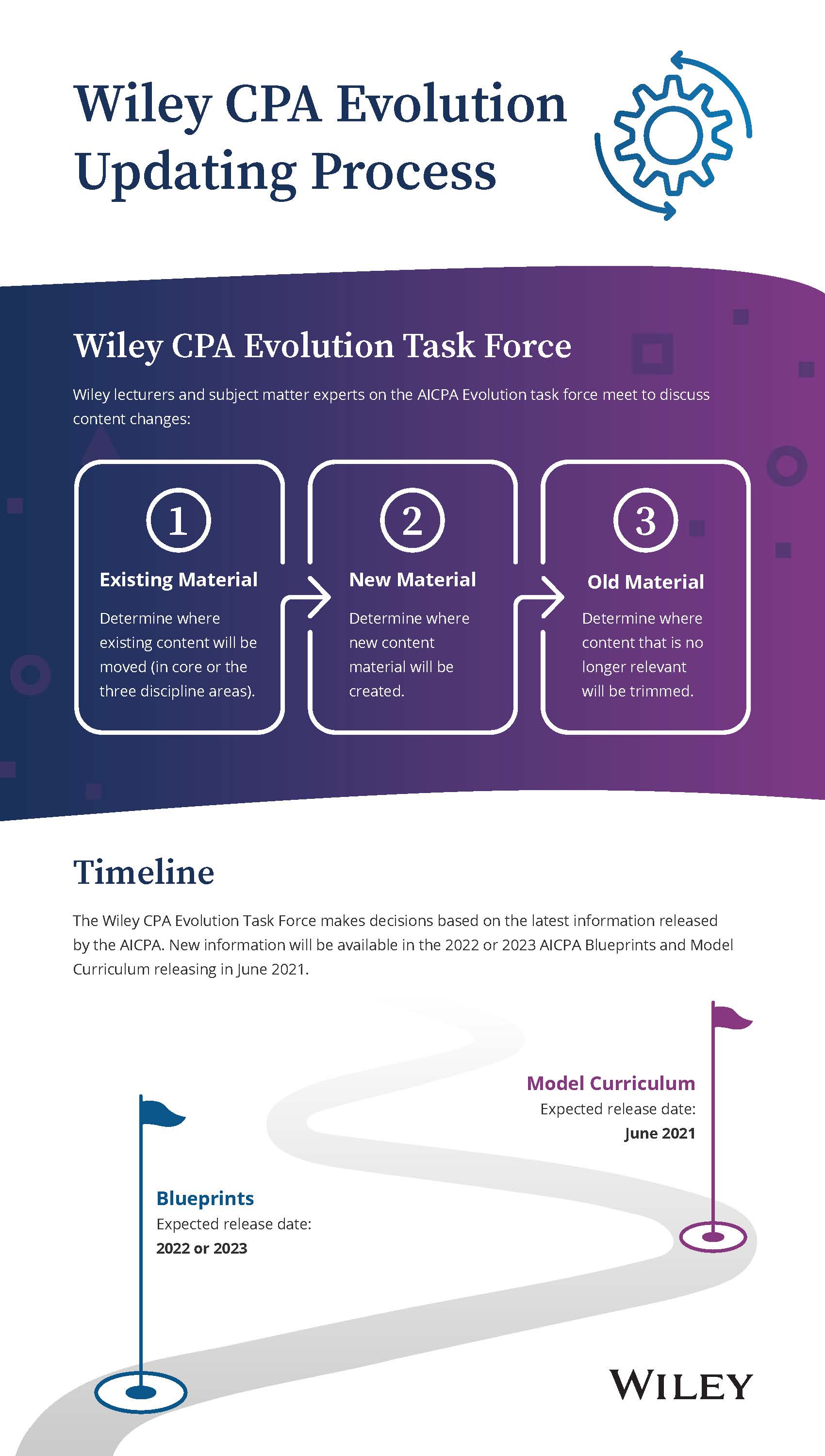13-ways-students-can-engage-in-assessment
June 19, 2019
Including students in assessment efforts has two major benefits: It engages them more actively in their own learning, and it helps faculty and staff plan, implement, and use assessments more effectively. Students add a fresh and vital perspective. As the primary consumers of the teaching process, students keep us focused on fundamental questions such as why we do things the way we do. The list below suggests ways to involve students and concludes with the benefits of involving students’ peers in the assessment process.
1.Identify the purposes of assessment in which they’re participating, thereby helping to ensure that assessments are relevant and worthwhile to students.
2.Articulate learning goals for a learning experience, helping to ensure that the learning goals are important and valuable to students.
3.Discuss the characteristics of excellent work and the performance level to which they should strive, perhaps by helping to draft a rubric or offering feedback on a draft of one.
4.Discuss appropriate assessment strategies for specific learning goals, perhaps by helping to draft an assignment or survey.
5.Discuss how they should spend their study and learning time and where they should focus their efforts as they work on an assignment.
6.Research and select a published survey.
7.Identify incentives for students to participate meaningfully in add-on assessments.
8.Choose what goes into a portfolio.
9.Review logistical plans for assessments to make sure they are feasible and not unduly burdensome to students.
10.Review and offer constructive feedback on the work of their peers.
11.Review feedback on their own learning, such as completed rubrics and test item scores, and use that feedback to plan how to learn more effectively in the future.
12.Review aggregated evidence of student learning and discuss its implications.
13.Advise on how to share aggregated evidence of student achievement of program, general education, co-curricular, or institutional learning goals with students
Involving Students’ Peers
Students can assess their peers’ presentations, drafts, group work contributions,
and other assignments by completing rubrics or structured observation guides.
Peer assessments can be an important part of both learning and assessment. Peer assessments help the students who are being assessed by adding the insight of people (fellow students) with very different perspectives from their professor. Peer assessments of contributions to collaborative learning activities can motivate the assessed students to participate fully and effectively in those activities, especially if the assessments count in some way toward final grades.
- Peer assessments help the students who are doing the assessments because the act of assessing peer work can strengthen critical thinking skills and help students understand faculty expectations.
- Peer assessments help assess learning goals that faculty and staff may not be able to observe directly, such as leadership or collaboration skills.
There’s a caveat regarding peer involvement. A significant shortcoming of peer assessments is that they can be subject to biases and errors. Students may downrate a fellow student with good skills and traits simply because they don’t like him, for example. Because of the potential for inaccuracies, use peer assessments cautiously. If you are counting peer assessments toward course grades, weight them minimally, perhaps no more than five percent.
How have you involved students and their peers in assessment? Tell us and your fellow educators by leaving a comment below.
Excerpted and adapted from Assessing Student Learning: A Common Sense Guide, 3rd Edition by Linda Suskie. Copyright © 2018, Wiley. All rights reserved.












